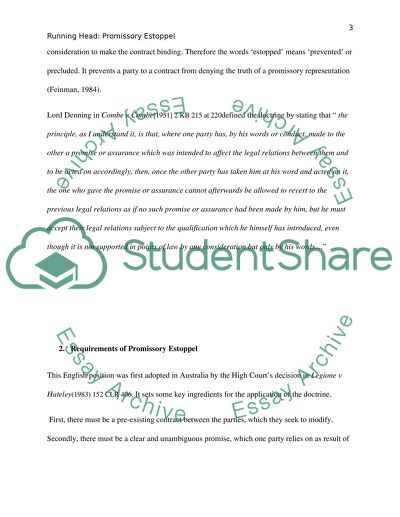Cite this document
(The Doctrine of Estoppel in Australia Literature review, n.d.)
The Doctrine of Estoppel in Australia Literature review. Retrieved from https://studentshare.org/law/1476203-business-law-report
The Doctrine of Estoppel in Australia Literature review. Retrieved from https://studentshare.org/law/1476203-business-law-report
(The Doctrine of Estoppel in Australia Literature Review)
The Doctrine of Estoppel in Australia Literature Review. https://studentshare.org/law/1476203-business-law-report.
The Doctrine of Estoppel in Australia Literature Review. https://studentshare.org/law/1476203-business-law-report.
“The Doctrine of Estoppel in Australia Literature Review”, n.d. https://studentshare.org/law/1476203-business-law-report.


